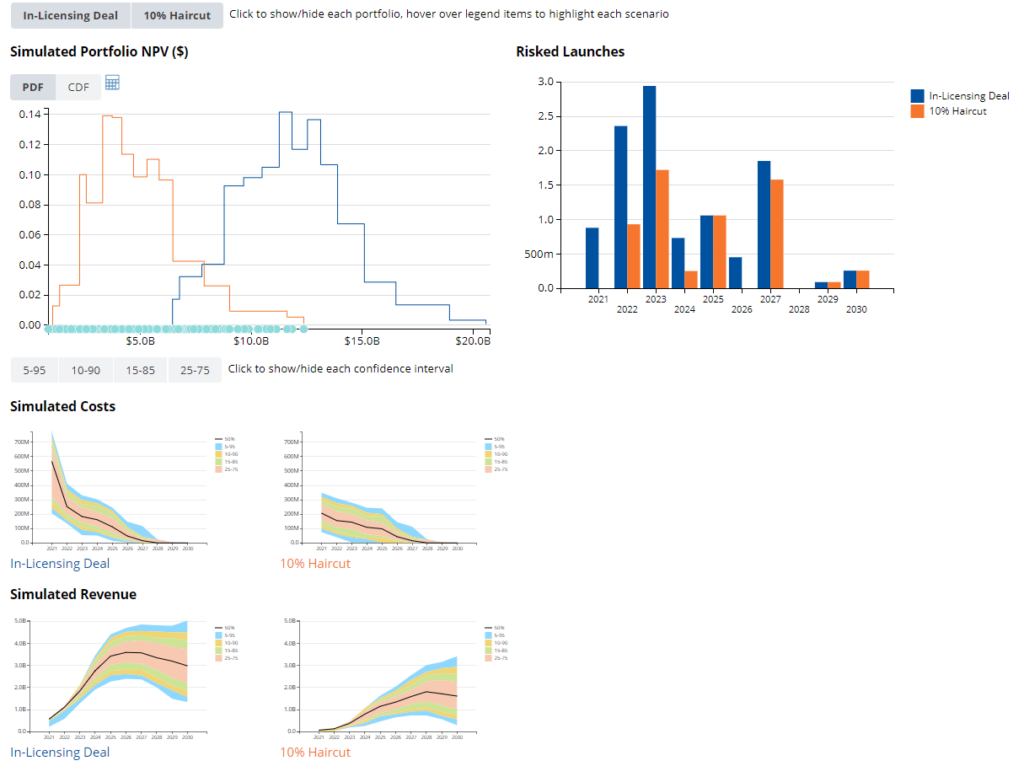
The adoption and application of AI/ML technologies and capabilities are becoming more commonplace and widespread throughout all industries. Since 2017 this has become especially true in product-driven organizations. For those who may have been slow to catch on or perceive significant skill gaps in AI/ML, scrambling to keep pace might be a scary place to be. Even more so, when discussing AI and its purpose and value in product development, it can be easy to fall deep into a rabbit hole of all the possibilities and potential.
In this post, we outline three more general applications of AI/ML in product development that deliver results in this quickly expanding field.
AI in Product Development: Harnessing Traditional Methods for Breakthrough Innovation
Organizations of all kinds, but especially those involved in manufacturing physical products, are using AI to increase the speed at which they make decisions. Machine learning also has become critical in data-driven product development, helping reduce resource expenditure and ensuring investments are going to products that will create the most outstanding value for customers and the business.
One of the biggest challenges these organizations may encounter is a need for AI/ML skills or expertise to understand how to apply these technologies effectively. According to a report from Deloitte, there is a mix of talent companies will need to connect their technological needs to strategy and outcomes appropriately.
The need to embrace and incorporate AI/ML into a product development framework is apparent, but how far into the technology can you—should you—go? The landscape is vast, and applications are broad.
But despite the attention-grabbing allure of breakthrough models like Generative AI, traditional AI methods remain potent tools with immense potential. Especially relevant for companies that are spearheading the development of innovative products for both mature and emerging markets, these methods include:
- Product portfolio optimization
- Monte Carlo simulation
- Scenario planning.
These three traditional AI/ML applications offer a competitive edge for organizations poised to take full advantage of their capabilities.
Product Portfolio Optimization
In the complex world of product development, the quest for the ideal portfolio of product initiatives is far from straightforward. Even a portfolio of just two dozen initiatives can produce myriad possible funding combinations. A rudimentary ranking system for prioritizing your initiatives, although helpful, fails to consider interdependencies between initiatives or competing objectives across regions, technology platforms, and short- vs. long-term returns.
This is where optimization comes into play. AI methods can tirelessly explore the labyrinth of potential initiative bundles, freeing you from the daunting task.
Your only jobs?
- Define your resource, budget, and infrastructure constraints
- Articulate your goals (such as favoring longer-term returns or ensuring every technology platform launches at least one product per year)
- Set up dependencies between projects
Robust product portfolio AI tool can allow for the creation, saving, and sharing of optimization rules and solutions, fostering collaboration among your entire team of analysts and decision-makers.
Scenario Planning
While not strictly falling under the umbrella of AI, scenario planning is a crucial complement to optimization. By constructing accelerated and decelerated development timelines or strategies for simultaneous or staggered regional launches, we might discover an optimal path forward. This process gives management a generous selection of timing options and funding levels, empowering them to make more nuanced decisions.

Scenario planning can provide teams instant access to previously explored scenarios for an initiative. It also allows scenarios to feed into a larger-scale optimization analysis, uncovering robust portfolios of projects to fund.
Surfacing the Unknowns with Simulation
Uncertainty is ubiquitous in product development, arising from nascent technologies, engineering and manufacturing challenges, and a mix of market landscapes ranging from hyper-competitive to untested and unknown. These potential risks must not be overlooked; they must be measured, managed, and mitigated to the best of our abilities. Monte Carlo simulation methods enable you to turn risk management into a competitive advantage.

Monte Carlo simulation helps estimate overall risk in a business case and dissect how specific risk factors contribute. Crucially, it helps differentiate between what’s countable (such as costs) and what really counts (revenue forecasts, for example), enabling concentration on critical risks and revealing options for mitigation.
On a portfolio level, Monte Carlo simulation can evaluate your ability to meet strategic goals and assess the risks versus potential rewards. The method enables organizations to align their R&D portfolio’s risk with their overall company risk tolerance, whether risk-seeking or risk-averse. How much richer could your funding and long-range planning discussions be when focused on a realistic set of headlines such as:
- A 25% chance of meeting product launch targets over the next five years
- A 50% chance of funding development over the next three years without raising capital
- A 10% chance of achieving 4-year growth targets in all regions
Introducing this hands-on, transparent approach to risk assessment, mitigation, and portfolio funding is a significant cultural shift for organizations. It’s essential to ensure a fair playing field for decision-making, where risk is assessed consistently across the R&D portfolio and those who openly acknowledge potential pitfalls aren’t penalized for their candor.
The Continued Relevance of Traditional AI in Product Development
Although AI’s capabilities constantly evolve, it’s crucial to recognize the power and potential of traditional AI methods.
When applied correctly, these long-standing approaches offer invaluable insights and efficiencies, paving the way for cutting-edge product development. Portfolio optimization, scenario planning, and Monte Carlo simulations provide a decisive competitive advantage, guiding companies toward strategic, informed decision-making.
As we explore and expand AI’s capacities, let us recognize the foundational methods that can still profoundly enhance our approach to product development.
More Ways to Maximize Your R&D Portfolio Value
Allowing for a more seamless integration of AI/ML capabilities into your product portfolio analysis is one of many ways Planview Advisor helps organizations capture the data they need to make the best decisions. Learn about more ways our powerful cloud-based analytics solution can help uncover the intelligence your team needs to turn uncertainty into opportunity in even the most challenging and high-risk situations in The Leader’s Guide to Managing Complex Portfolios.




